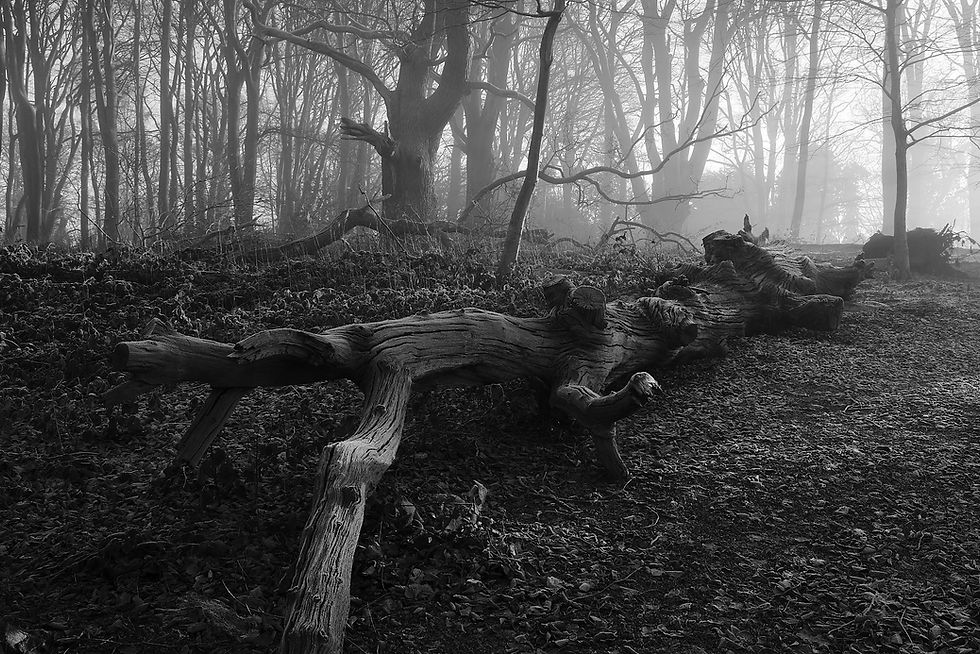Half Dome – A Mountain in Perspective
- Graeme Tozer
- Sep 25, 2023
- 3 min read
Half Dome is a mountain rising nearly 5,000 feet above California’s Yosemite Valley to a total height of 8,846 feet. It has become a popular classic of landscape photography, partly because of its unique shape, but mainly because of Ansel Adam’s iconic black and white photographs, including “Monolith, the face of Half Dome” and “Moon and Half Dome”. So prominent was this mountain in Ansel Adams’ life that his ashes were scattered on the mountain.
Half Dome has a very distinctive shape, especially its 2,000 feet north face. I fell in love with it many years ago when I first saw Ansel Adams’ photographs. I've been to Yosemite many times and have been lucky enough to complete the long and tricky hike to the summit via the infamous cables on the mountain’s eastern side.

This post is about photographing an iconic mountain from many different viewpoints, some well-known and clichéd and some less so. From some of the less popular viewpoints you might not recognise it at all. I hope that the set of images I have put together here are illustrate the many faces of this magical mountain.
Tunnel View was made famous by Ansel Adams, and is one of the most famous view points of Yosemite Valley. The immense cliff of El Capitan is on the left and Bridalveil Falls are on the right. Being right beside the road this spot is always crammed with tourists and photographers, especially at sunset or after a storm. However, it isn’t hard to find quieter spots nearby.

Another famous view, Olmsted Point is high up at the head of Tenaya Canyon, on the Tioga Road. From here you can look back towards Yosemite Valley. Half Dome is just visible in this wide-angle view, at the lowest central point. There are a lot of photographic opportunities at Olmsted Point and you can find different perspectives if you are willing to walk a short way. It is often busy during the day and around sunset.



A less well-known view is across the valley fromNorth Dome where you can get a head on view of Half Dome's north face . This is less photographed because it requires an eight mile out and back hike but worth the effort as the views of the north face and Yosemite Valley are outstanding.

Another famous view of Half Dome is from Glacier Point. This is an amazing spot with views of Half Dome, Yosemite Valley and the High Sierra. Again, it is easily reached by road so can be very busy, especially around sunset. Get there early to secure the best spots for photography! The crowds soon disperse after sunset and it is worthwhile staying as it quietens down for some great night photography opportunities.


Almost unrecognisable as Half Dome, the south face is the left most mountain in the image below. The granite tower in the centre is Liberty Cap (7076 feet), with Mount Broderick (6706 feet), topped with trees, between it and Half Dome. The Nevada Falls drop the Merced River over 590 feet on its way to join the San Joaquin River and eventually the Pacific Ocean through San Francisco Bay.

To complete the set of images, here is a telephoto view looking down on the eastern side of Half Dome. The famous north face is on the right and you can see hikers ascending the cables in the centre of the picture.

I hope this set of images show that exploring a subject from different angles using different compositions, techniques, and lighting conditions is worthwhile. And, maybe, you can put your stamp on a subject even as clichéd as Half Dome. Such a set of photos can tell a much bigger story than just a single image.





Comments